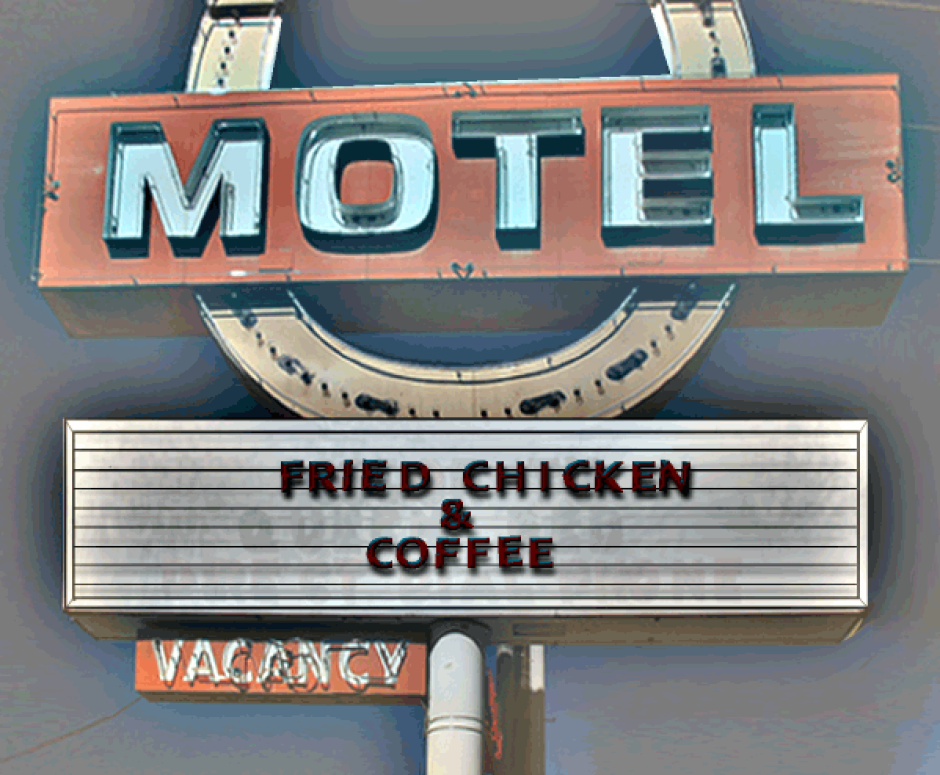
I should have known about these folks long ago, yeah? Somewhere along the line I found out about them and forgot until recently, when Charles Dodd White told me about an anthology he'd be editing with Page Seay. More on that at the end of this post. What I found most intriguing was this list of characteristics of Appalachian working-class fiction. Have a look:
Compiled by Larry Smith, BGSU Firelands College/ Bottom Dog Press
(With thanks to Edwina Pendarvis, Laura Bently, Ann Pancake,
Meredith Sue Willis and Phyllis Wilson Moore for suggestions.
We are looking at adult fiction here. )General Characteristics of Working-Class Writing and Art; not designed to be criterion but characteristics.
1) The writing is based on lived experience and shows characters as human persons in a lived space, depicting their daily life including their actual physical work.
2) The writing creates space for people to speak and represent themselves, includes speech idioms and dialects, curses and blessings.
3) The writing is communal in nature. The individual "I" is speaking for the collective "We."
4) Readers can recognize themselves in the writing; it gives validation to their own stories and culture.
5) The writing gives language to human suffering and grief. Economics forces are recognized thus giving validation to deep feelings often ignored by mainstream art.
6) The writing (art) has agency in the world, is useful.
7) The writing includes forces of social and political history and their impact on human relationship.
8) The writing challenges dominant assumptions about aesthetics… It breaks rules or conventions of form in favor of verity of experience.
9) The writing builds consciousness of class oppression.…denial of rights, exploitative marketplace, etc. and may lead to rebellion.
10) The writing takes sides…"Which Side Are You On?" it asks and then declares.
[Source: Developed in collaboration with Janet Zandy and her Hands: Physical Labor, Class, and Cultural Work (Rutgers University Press)]
Additional Characteristics of Appalachian Working-Class Writing
1) The writing reveals a deep appreciation of folk habits and customs, family rituals.
Music, alcohol and food are a major part of the life ritual.
2) Family extends back historically and in a neighborly way to community.
3) Themes of sense of place abound; most are not about ‘escaping’ the working-class culture but of going out for education yet returning home to help. “Stayputters,” "grounded," not mobile. "This is the story of a land shaped by the people, and a people shaped by the land,"-The Appalachians (film)
4) Ethnocentrism is present in families, towns, counties. Distrust comes first till one is revealed as “one of us,” then welcome is extended.
5) Often religion is strong, emotionally and physically intense…fundamental yet often given individual or family interpretation…"Free Willers."
6) The writing reveals people finding ways of “getting by,” “making do,” “Do-it-yourselfers.”
7) Those living in poverty are not clearly separate from working-class.
8) The writing is marked by an intimate sense of community—though respecting uniqueness of character, it most often portrays an interdependence of relationships including home, family, town, work, and the landscape and natural world.
9) Rebellion comes when family or land is violated, property rights must be respected.
10) Unions play a major role in the life and writing.
11) In the narrative there is a fondness for multiple points of view, either through many narrators
or the use of subnarrators, typically in authentic dialect.
I can't find much to argue with, as this aptly sums up what kind of work I'd like to see here at FCAC. Check Bottom Dog Press out, buy their books, and shout out to Larry Smith for building that incredibly helpful website.
And as I promised here's the details again on that anthology.
From Hill to Holler: Stories of Contemporary Appalachia
From Bottom Dog Press Inc.Huron, OH
http://smithdocs.net
From Hill to Holler is an anthology about what it is to live and struggle in Appalachia today. The short stories included will be sharp, vivid evocations of a place and a culture, fictions that chart new territories between the moutains, its valleys and the people who inhabit them. We don't want sentimental treatments of Grandaddy's rocking chair. Think instead of the “mud, the blood and the beer” of the area—realistic, unsparing portrayals. Both Northern and Southern treatments of the Appalachian theme are encouraged. Any style is acceptable, as long as it serves the story and the audience. Send us your top drawer stories.
Editors: Charles Dodd White and Page Seay
This book will be published as part of Bottom Dog Press's Working Lives Fiction Series
Specifics:
Length: between 3,000 and 6,000 words.
Submissions are open now. The reading will be ongoing.
Deadline: July 1, 2010.
Email submissions only. Send attached .rtf or .doc file to: fromhilltoholler@hotmail.com and make sure the word “Submission” is somewhere in the subject line.
Payment: $50 and two copies
Reprints are acceptable in some cases. Please let us know where it’s been published and if the publication was print or online.
Simultaneous submissions are okay as long as we are notified immediately if your work is accepted elsewhere.
No multiple submissions, please. Pick your best story and send it forward.






Pingback: southern appalachia